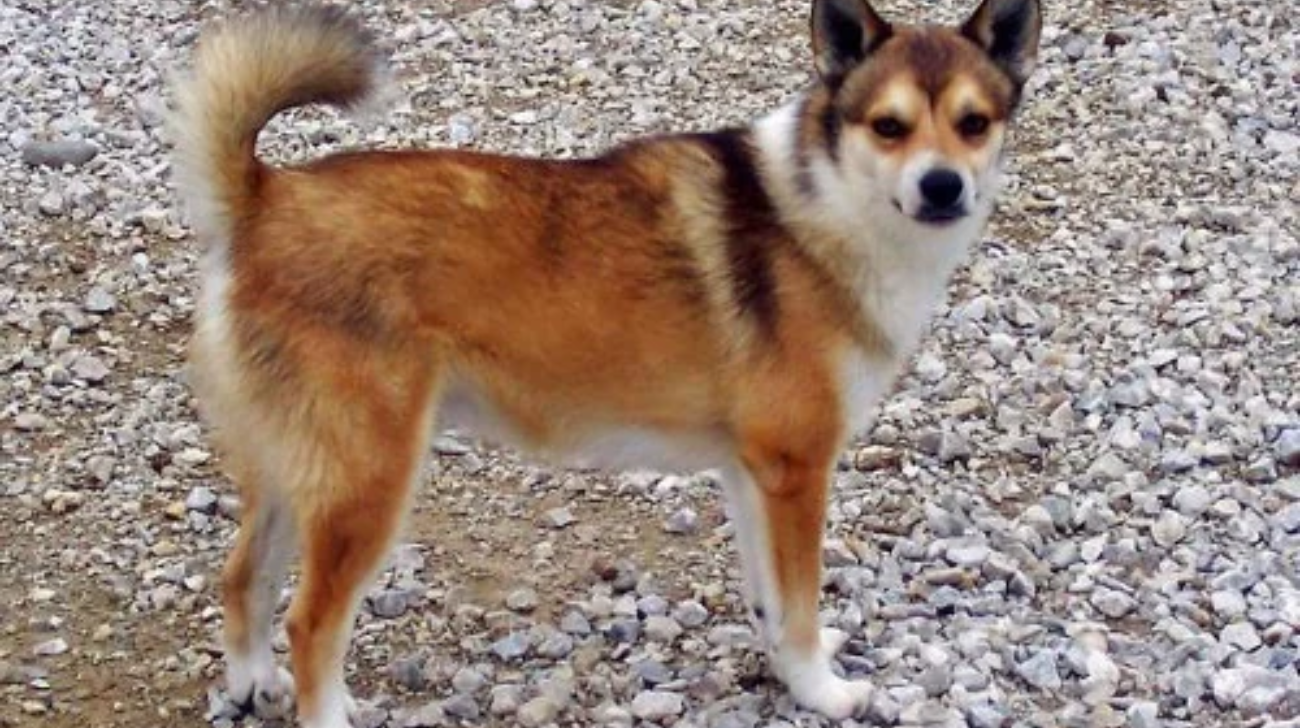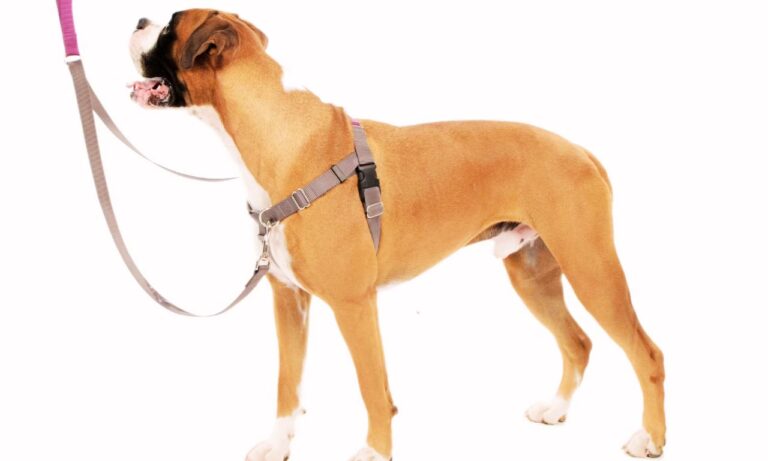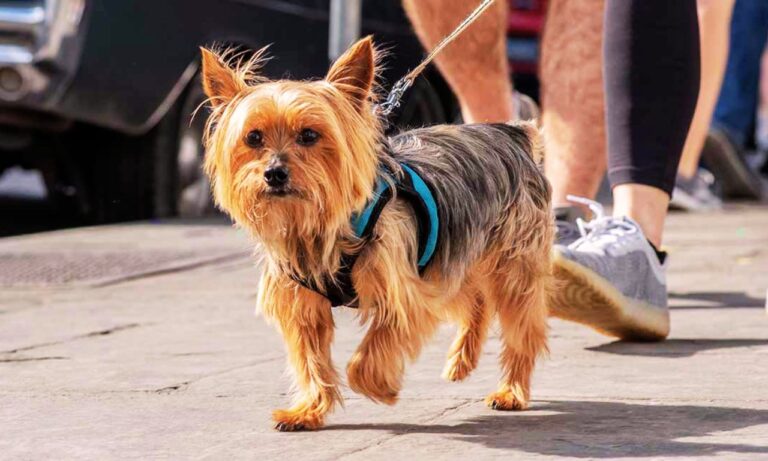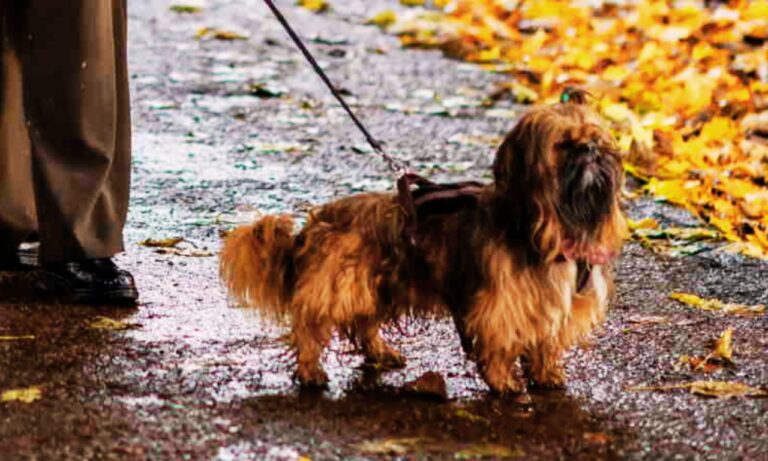The Norwegian Lundehund is a small but agile breed with unique physical traits that make it stand out among other dogs. With six toes on each foot and exceptional flexibility, the Lundehund was originally bred to hunt puffins along Norway’s cliffs. Their active nature and athletic build require a collar that is the right size to ensure both comfort and control. Selecting the right collar is crucial, as an ill-fitting collar can cause discomfort or even hinder their natural movement. So, what is the best size chart for dog collars?
In this detailed guide, we’ll explore the best collar sizes for Norwegian Lundehunds across different life stages, how to measure accurately, recommended collar types, and common collar mistakes to avoid. Get insights into what is best for Dachshunds: a collar or harness for their safety, comfort, and health during walks.
Blog Highlights
ToggleQuick FAQs: Size Chart For Dog Collars
Why the Right Collar Size Matters for Norwegian Lundehunds
The correct collar size ensures both comfort and safety for your Norwegian Lundehund. Given their small necks and athletic behavior, collars that are too tight can cause discomfort, while collars that are too loose might slip off, especially if they try to escape or explore. Choosing the right size collar offers the following benefits:
- Control and Safety: Proper collars help manage the dog during walks and prevent them from slipping out.
- Comfort for Daily Wear: The right size collar prevents irritation, hair loss, and skin issues.
- Training Support: Certain collars, such as Martingale collars, aid in leash training by offering better control.
- Identification: A collar with ID tags ensures your dog can be easily identified if they get lost.
To discover what activities bring joy to Australian Cattle Dogs, check out this detailed guide on What Do Australian Cattle Dogs Love.
What Are the Best Collar Sizes for Norwegian Lundehung | Growth Stage
As your Norwegian Lundehund grows from puppyhood to adulthood, their collar size will need adjustments to keep pace with their development. Below is a breakdown of recommended collar sizes at different stages of growth.
1. Puppy Stage (8-16 Weeks)
- Neck Size: 8-12 inches (20-30 cm)
- Weight Range: 4-6 pounds (1.8-2.7 kg)
- Recommended Collar Size: 8-12 inches, lightweight and adjustable.
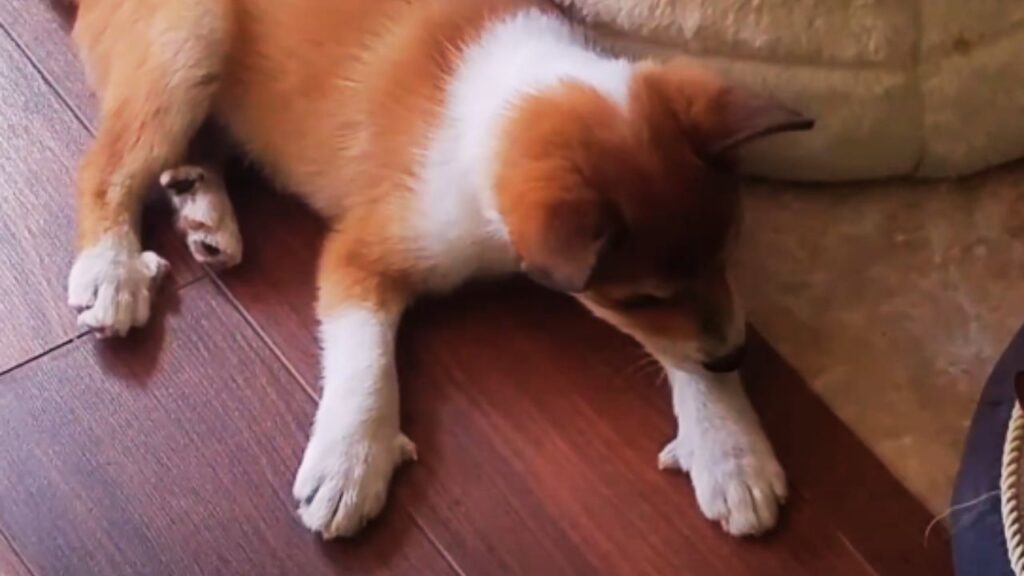
During the puppy stage, use soft nylon collars that are adjustable, lightweight, and comfortable. Ensure the collar is not too heavy or tight to avoid causing discomfort.
2. Adolescent Stage (4-12 Months)
- Neck Size: 10-14 inches (25-36 cm)
- Weight Range: 10-15 pounds (4.5-6.8 kg)
- Recommended Collar Size: 10-14 inches with a ¾ inch width.

As the Lundehund grows, regular adjustments are necessary. Check the collar every 2-3 weeks to ensure it fits comfortably. A Martingale collar is useful during this phase to help with leash training and prevent the dog from slipping out.
3. Adult Stage (1-2 Years)
- Neck Size: 12-18 inches (30-46 cm)
- Weight Range: 13-20 pounds (6-9 kg)
- Recommended Collar Size: 12-18 inches, with a 1-inch width for durability.

For adult Lundehunds, flat collars made of leather or reinforced nylon provide a secure fit. These collars are ideal for daily wear and can carry ID tags and vaccination records.
4. Fully Mature Lundehund (2+ Years)
- Neck Size: 14-18 inches (36-46 cm)
- Weight Range: 15-20 pounds (6.8-9 kg)
- Recommended Collar Size: 14-18 inches, adjustable with padding for comfort.

Fully mature Lundehunds benefit from padded collars that reduce the risk of irritation during long walks or outdoor activities. A no-pull harness may also be used to prevent neck strain during extended outdoor sessions.
To find the ideal collar size for your Australian Cattle Dog, check out this guide on What Size Collar for Australian Cattle Dog for helpful tips on measurement and fit recommendations.
How to Measure Your Norwegian Lundehund for a Collar
Accurate measurement ensures a collar that fits comfortably without being too tight or too loose. Follow these steps to measure your Lundehund’s neck properly:

- Use a Soft Measuring Tape: Wrap the tape around the base of the neck, just above the shoulders.
- Press Through the Fur: Make sure the tape touches the skin to get an accurate measurement, especially if the dog has thick fur.
- Add 1-2 Inches: This ensures the collar will not be too tight and allows for comfortable movement.
- Apply the Two-Finger Rule: After putting on the collar, you should be able to slide two fingers comfortably between the collar and the neck.
Recommended Collar Types for Norwegian Lundehunds
1. Flat Collars: For Daily Use
Flat collars are simple, lightweight, and perfect for everyday wear. They are ideal for carrying ID tags and for dogs that are well-behaved on a leash.

- Recommended Size: 12-18 inches (30-46 cm)
- Width: ¾ to 1 inch (2-2.5 cm)
- Pro Tip: Opt for flat collars with soft padding to avoid irritation on the neck.
2. Martingale Collars: For Training and Control
Martingale collars offer gentle correction by tightening slightly when the dog pulls. This prevents slipping and helps teach better leash manners.

- Size Range: 14-18 inches (36-46 cm)
- Usage: Ideal for leash training or for dogs that tend to slip out of regular collars.
- Tip: Choose Martingale collars made from nylon or leather for durability and comfort.
3. Breakaway Collars: For Safety
Breakaway collars feature a quick-release mechanism that opens if the collar gets snagged. These are ideal for indoor use when the dog is unsupervised.
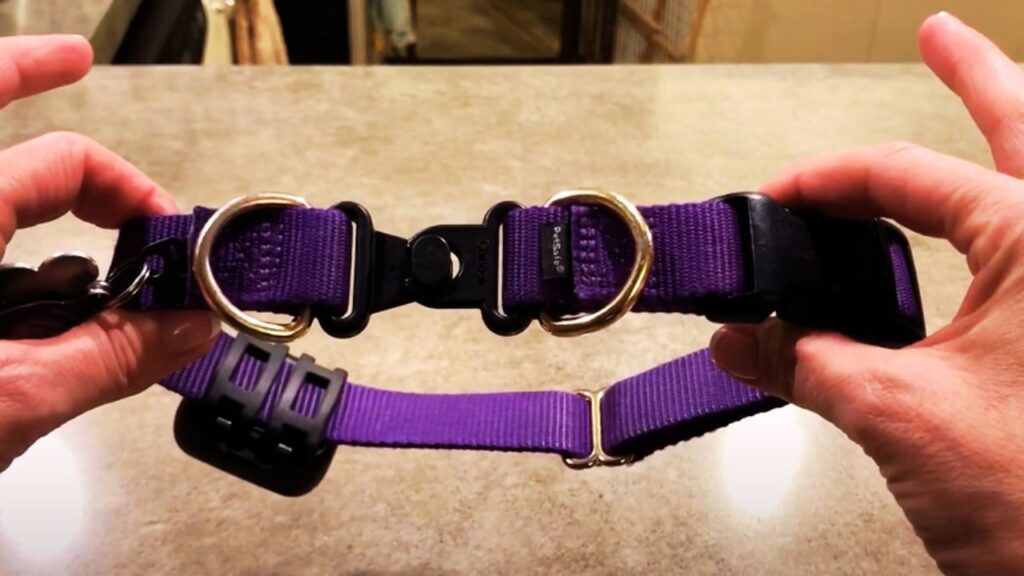
- Best Use: Use indoors to prevent accidents.
- Warning: Avoid using breakaway collars during walks, as they might release unexpectedly.
4. Harnesses: For Walks and Outdoor Activities
Harnesses distribute pressure across the dog’s chest and shoulders, making them ideal for active Lundehunds prone to pulling on the leash.
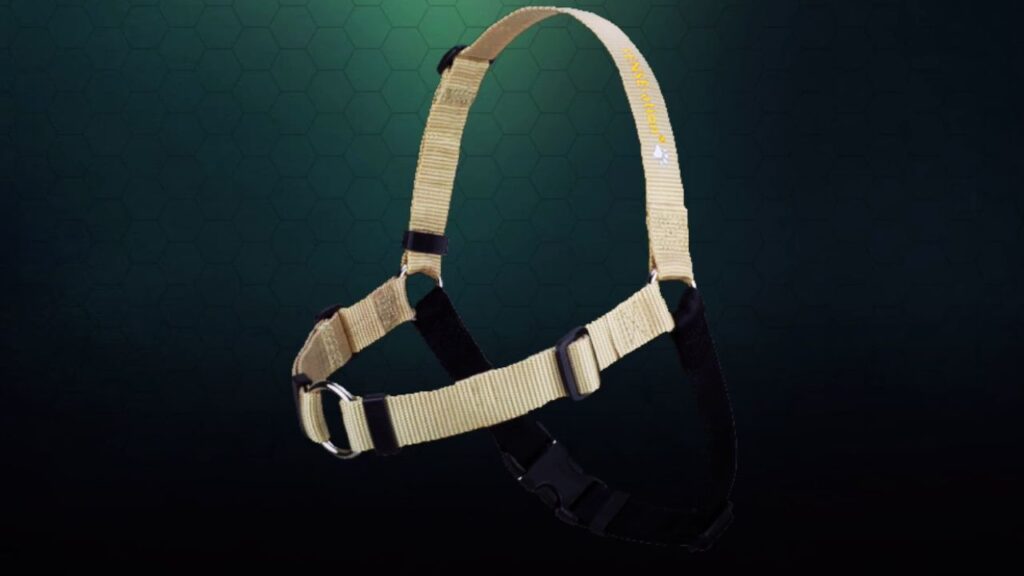
- Measurement: Measure your dog’s chest circumference and add 1-2 inches for comfort.
- Pro Tip: Use a no-pull harness to discourage pulling during walks.
Find out what color collar looks best on a Rottweiler to complement their bold appearance and highlight their unique features.
Common Mistakes to Avoid
- Using a Collar That’s Too Tight: Tight collars can cause discomfort, hair loss, and skin irritation.
- Leaving the Collar on Indoors: Remove the collar when indoors to prevent hair matting and discomfort.
- Skipping Size Adjustments: Puppies grow rapidly, so adjust the collar every 2-3 weeks.
- Using Heavy Collars: Choose lightweight collars to suit the dog’s size and activity level.
- Skipping Identification Tags: Always attach ID tags to the collar, even if your dog is microchipped.
Key Insights and Statistics
- Average Collar Size for Adult Lundehunds: 12-18 inches (30-46 cm).
- Recommended Width: ¾ to 1 inch (2-2.5 cm).
- Training Success with Martingale Collars: 68% of owners report improved leash behavior within 4-6 weeks.
- Lost Dogs with ID Tags: Dogs with ID tags are 38% more likely to be returned to their owners.
Learn what size collar for a Rottweiler is ideal by following this detailed guide to ensure a perfect fit for your dog’s comfort and safety.
Adjusting Collar Size as Your Norwegian Lundehund Grows
The Norwegian Lundehund is known for its agility and independence, and collar adjustments are essential throughout the different stages of its life to ensure maximum comfort and security. Whether your dog is still a growing puppy or a fully matured adult, regular adjustments are necessary to prevent discomfort and allow for optimal movement.
1. Frequent Adjustments for Puppies
Puppies grow rapidly during the first few months, and their neck circumference can increase by 2-4 inches within a short period. Using an adjustable collar ensures that you won’t need to buy a new collar every few weeks. Check the collar every 2-3 weeks to ensure it is not becoming too tight. A tight collar can restrict breathing, cause skin irritation, or even create negative associations with wearing a collar.
Pro Tip: Keep a finger’s width of space between the collar and your puppy’s neck when adjusting the fit. Always monitor your puppy’s behavior to ensure they aren’t experiencing discomfort.
2. Seasonal Adjustments for Adults
Even after reaching full maturity, Lundehunds’ thick double coats change with the seasons. During winter, when the coat grows thicker, it’s essential to loosen the collar slightly to prevent discomfort. During warmer months, after grooming or shedding, you may need to tighten the collar to keep it secure. Adjusting the collar every 2-3 months ensures your dog stays comfortable and safe throughout the year.
3. Signs the Collar Needs Adjustment
Your Lundehund may show signs of discomfort if the collar no longer fits properly. Watch for excessive scratching, redness around the neck, or hair loss near the collar area. If these signs appear, check the fit immediately and consider switching to a padded or softer collar.
By regularly adjusting the collar, you’ll ensure that your Norwegian Lundehund stays comfortable and happy, no matter the season or life stage.
You can learn whether Dachshunds need special collars and find expert recommendations in this article: Do Dachshunds Need Special Collars.
Conclusion: Choosing the Perfect Collar Size for Your Norwegian Lundehund
Selecting the right collar size for your Norwegian Lundehund is essential to ensure their comfort, safety, and control. With their small necks and energetic behavior, it’s important to measure accurately and select collars that fit snugly without causing discomfort. Flat collars are ideal for everyday wear, while Martingale collars offer better control during walks and training sessions. A harness is a great option for active Lundehunds to reduce pressure on the neck during outdoor activities. Hope so, now you know what is the best size chart for dog collars?
To decide whether a collar or harness is best for your Dachshund, check out this helpful guide: What is Best for Dachshund Collar or Harness.
By adjusting the collar regularly and choosing the right type, you’ll ensure your Lundehund stays comfortable and secure. A well-fitted collar will allow your dog to enjoy both indoor relaxation and outdoor adventures safely and confidently.

